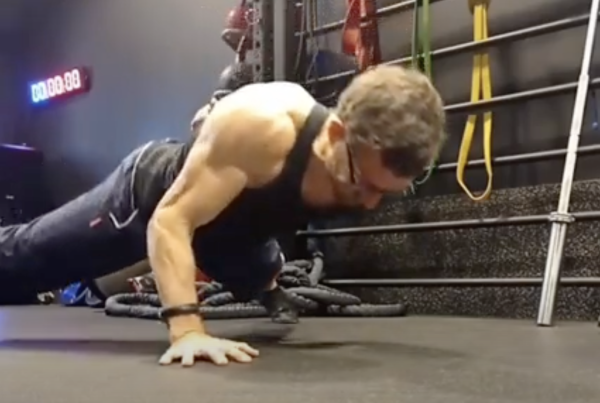In creating lockdown guidance, the government recognised the value of outdoor exercise to both mental and physical health by allowing us to venture outside once each day. However, as the period of semi-incarceration grows longer than anticipated with little light at the end of the tunnel and, even then, there probably won’t be a total relaxation of current restrictions, it’s vital to optimise your one opportunity to enjoy a modicum of temporary freedom. Dean Hodgkin reports.
Perhaps due to the easy access, no cost and the fact that most of us do it every day, walking is possibly the most undervalued of workout modes yet its value in burning calories, and so helping to achieve weight-loss goals, is priceless – especially at a time when many of us are making more trips to the fridge than usual! Being low impact, it’s also kind on the joints so it’s ideal for those starting out on their fitness journey, as many are doing now, primarily due to having more time to do so.
When you take into account that regular walking (around 30 minutes) has been shown to reduce risk of heart disease and reduce the risk of stroke by 35%1, reduce risk of cancer by 16%2 and reduce risk of diabetes by an incredible 58%3 then the physical health gains speak for themselves. However, the key benefit of getting outside for a walk is the proven uplift in mood state, linked to immersing yourself in nature and so stimulating all your senses, in turn leading to you feeling less anxious, less lonely and less depressed, which can be invaluable at this incredibly challenging, stressful and, yes I’m going to use the word, unprecedented time.
To ensure you obtain the optimum fat-burning and health benefits from walking, it’s important to learn the basics, so here’s the lowdown on technique for three levels that will enable you to turn a simple stroll into an interval-based fitness session. Simply mix up the speeds, either in a set sequence (e.g., 30 secs of each, 1-2-3-2-1-2-3-2-1) or totally at random, varying time and speed as you wish.
Level one
Walking at a comfortable pace, focus on posture by lifting up through the centre of the body, relaxing the shoulders down and swinging the arms in rhythm with the stride. The arm swing should be from the shoulder (rather than the elbow) and the arms should not cross the centre line of the body. The length of each stride should be comfortable and, on planting the heel, the toes should be raised towards the shins. Next, the foot rolls from heel to toe and then pushes off. Intensity: 4-5 out of 10.
Level two
This takes us up to a very brisk pace and is achieved by bending the elbows to 90⁰, allowing the arms to maintain a faster swing which causes an increase in stride frequency. Avoid swinging the arms side-to-side like windscreen wipers – keep the elbows close to the body and concentrate on just a forward-backward movement. The legs should not be straight, as the aim is to produce a smooth motion and a locked knee can cause a bobbing or bouncing action. As speed increases so will hip rotation but it’s important to allow this to occur naturally rather than wiggling the hips. Increase the forward lean, which should come from the ankles and not the waist, to protect the lower spine. Intensity: 6-7 out of 10.
Level three
This is all about speed! Concentrate on increasing stride frequency, not stride length, and pumping the arms, particularly a high lift behind the elbows will assist this. On contact, exaggerate the lift of the toes and move smoothly from the heel to the ball of the foot in a continuous rolling motion and add a strong push off the big toe. To help increase speed, narrow the stride width a little, like walking on a tightrope rather than train lines. Lean forwards from the ankles, as this will give a feeling of being able to push against the ground harder. It will also help to avoid over-striding, which can slow down the pace. Intensity: 9 out of 10.
It’s worth noting that Hippocrates is quoted as saying, “Walking is man’s best medicine” – and he knew a thing or two about improving health and fitness!
About the author

Dean Hodgkin has over 30 years’ experience, is a senior manager at Ragdale Hall Spa, has written articles for consumer and trade publications, authored two fitness books, accrued considerable broadcast experience and recently created a number of diverse consumer fitness products. He has presented masterclasses, workshops and seminars in 36 countries and received two industry awards. He was three times’ world and two times’ European karate champion.
SWEATCOIN WALK is Dean’s unique audio/video walkout session designed for smartphone, enabling you to have a coach guiding and motivating you every step of the way. Available exclusively at TV.FIT







